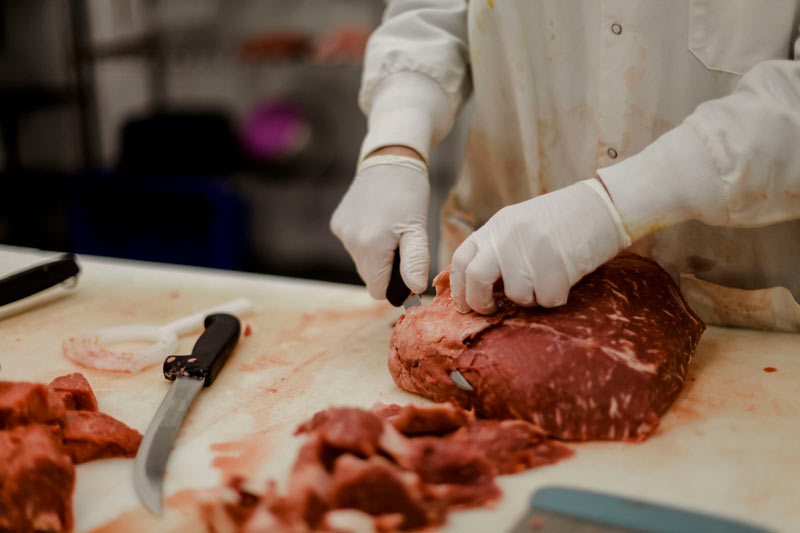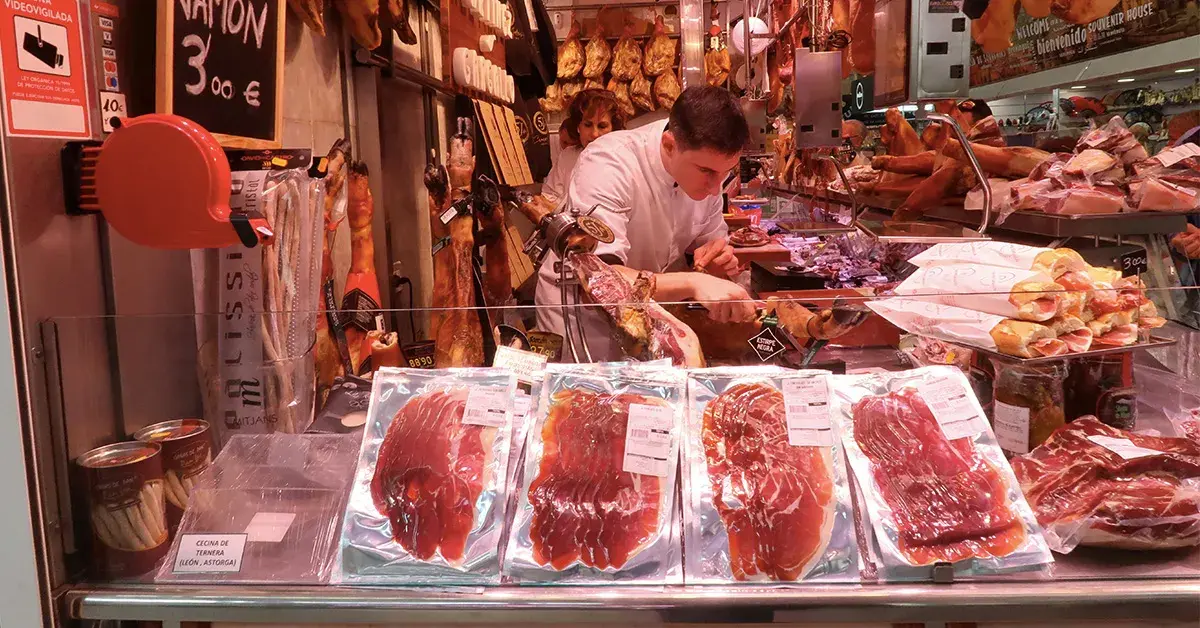Fresh cuts at Bagley Meat Market Edwardsville IL for every event.
Fresh cuts at Bagley Meat Market Edwardsville IL for every event.
Blog Article
Check Out Fresh and Premium Meats at Your Regional Meat Market
Checking out fresh and premium meats at your local meat market gives an opportunity to enhance your cooking experience while supporting community farming. These markets typically feature a varied choice of specialized meats and special cuts, thoroughly sourced from neighboring ranches. With experienced staff handy, customers can obtain tailored suggestions to make educated options, guaranteeing both taste and sustainability. Comprehending the subtleties of meat top quality and the advantages of picking local products can substantially impact your recipes. What variables should one take into consideration when picking the suitable cut, and just how can this influence your overall food preparation trip?
Benefits of Regional Meat Markets

One more significant benefit is the level of customer support provided by regional meat markets. Well-informed team often possess comprehensive experience regarding the items they offer, allowing for individualized recommendations customized to individual choices. This knowledge can be particularly helpful when selecting cuts or recognizing cooking strategies.
Furthermore, local meat markets commonly offer a bigger variety of specialized meats and cuts that may not be readily available in larger shops. This diversity enables clients to discover unique choices and experiment with different dishes.
In addition, purchasing at local meat markets fosters community involvement and sustainability. By supporting regional organizations, customers contribute to the regional economic situation and promote sustainable farming methods. On the whole, the benefits of local meat markets create a more gratifying purchasing experience, supplying quality, service, and neighborhood effect that bigger grocery store chains usually can not replicate.
Kinds Of Meats Offered
Meat markets are understood for their diverse choice, accommodating a range of cooking preferences and nutritional demands. Consumers can locate an outstanding range of meats, ranging from conventional choices to specialty products. Common offerings include beef, pork, and poultry, each presenting unique flavors and textures ideal for countless recipes.
Beef is usually available in various kinds, consisting of hamburger, steaks, and roasts, attracting those who delight in hearty dishes. Pork alternatives commonly incorporate cuts such as chops, tenderloins, and ribs, all of which can be prepared in various styles, from barbecuing to slow-cooking. Chicken, mainly chicken and turkey, offers lean healthy protein options that can be quickly incorporated right into a well balanced diet.
Along with these staples, several meat markets include specialty meats such as lamb, duck, and video game meats like venison or bison, interesting daring eaters and those seeking alternatives to a lot more typical selections. In addition, some markets may supply processed meats like sausages, bacon, and delicatessens meats, providing hassle-free choices for fast meals. This extensive selection makes sure that every customer can locate something to suit their preference and nutritional needs.
Comprehending Cuts and Quality
Picking the right cut of meat is important for achieving the preferred taste and inflammation in any type of dish. The high quality of meat is determined by a number of factors, consisting of the pet's breed, age, diet regimen, and the particular cut itself. Cuts can be classified into two key groups: primitive cuts and subprimal cuts. Primitive cuts are the primary areas of the pet, such as the loin, rib, and chuck, while subprimal cuts are stemmed from these primitive sections and include steaks, roasts, and chops.

When evaluating high quality, try to find marbling, which refers to the intramuscular fat within the meat. Higher levels of marbling normally suggest a richer flavor and a more soft structure. Furthermore, the color of the meat can function as an indication of quality. For beef, redirected here a bright red hue recommends freshness, while pork should show up pale pink and poultry need to have a light pink shade.
Understanding these differences enables consumers to make enlightened options when acquiring meat. By choosing the appropriate cut and acknowledging quality indications, home chefs can boost their cooking undertakings and make sure a satisfying dining experience.
Tips for Shopping Smart
Purchasing my response fresh and top notch meats needs a thoughtful strategy to ensure you get the ideal worth and flavor for your dishes. Start by familiarizing on your own with various cuts and their particular prices. This expertise will allow you to make educated choices and prevent paying too much for much more expensive cuts when much less costly alternatives might suffice.
Furthermore, consider shopping throughout off-peak hours. This frequently leads to a more personalized experience with the butcher, who can give valuable insights right into product quality and prep work techniques. Always check the meats very closely; search for lively color, firm structure, and marginal fluid in the product packaging, which can suggest quality.
Understanding where your meat comes from and just how it has actually been processed can significantly influence high quality. Buying bigger amounts can conserve cash in the long run, particularly if you're able to freeze parts for later use.
Supporting Local Farmers and Companies
Sustaining regional farmers and companies promotes a sense of area while ensuring access to premium meats. By buying from local meat markets, consumers can straight support agricultural techniques that prioritize sustainability and honest treatment of animals. Local farmers often implement liable farming methods, which not only boost the top quality of their products but additionally contribute positively to the setting.
Getting locally reduces the carbon impact connected with transportation, as meats do not require to be delivered fars away. In addition, neighborhood meat markets often provide openness relating to sourcing and production techniques, enabling customers to make educated choices regarding the food they consume (bagley meat market edwardsville il). This link between customer and more producer grows trust fund and encourages the development of local economic situations

By picking neighborhood meats, customers can appreciate unique flavors and selections that might not be readily available via bigger, commercial distributors. In significance, acquiring from neighborhood meat markets reinforces community bonds, supports ethical farming techniques, and supplies access to fresher, much healthier meats.
Conclusion
In conclusion, regional meat markets offer a distinctive benefit with their emphasis on quality, taste, and sustainability. By supplying accessibility to a varied variety of specialized meats and unique cuts, these markets not only enhance culinary experiences however likewise promote the support of neighborhood farmers and businesses. The understanding and know-how of personnel further improve the shopping experience, ensuring customers make informed selections that add to both individual contentment and neighborhood well-being.
Report this page